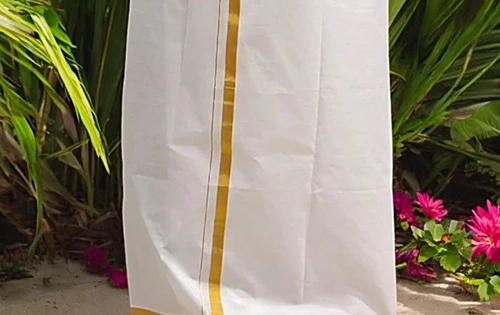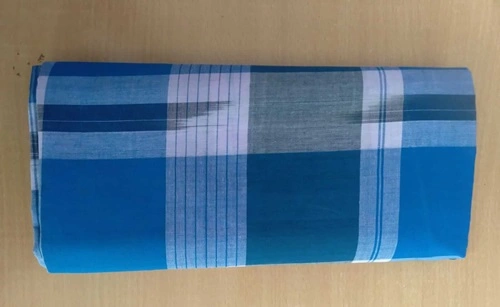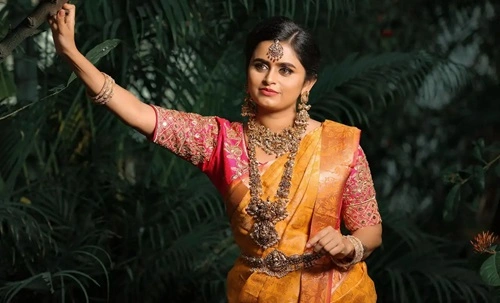India is a land of rich culture traditions; Andhra Pradesh is one of its finest examples. It is known for its spicy foods, classical dance, and grand temples and beautiful coastlines. It also has very deep rooted traditions when it comes to clothing. The people of this state take pride in their attire, which reflects both their culture and life style. From daily wear to festive clothing, every piece of clothing has a story. In this article we will explore the traditional dresses worn by Men & Women.
Okay then let’s start with men’s traditional clothing
Traditional Dress for Men in Andhra Pradesh
1. Dhoti

The most common traditional outfit for men in Andhra Pradesh is the dhoti. A dhoti is a piece of cloth, usually white or cream colour wrapped around the waist and legs. It is very comfortable to wear mainly in summer. It may look simple but the way it is tied varies from place to place or family to family. Many men also wear a white or coloured shirt or angavastram which is a cloth draped over the shoulders.
2. Lungi

Apart from dhotis lungis are also worn by men mainly in villages and during casual time at home.
Special Occasions and Festive Wear for Men
On special occasions or during religious events men often wear silk dhotis with a golden border. These are considered more elegant and are often passed as family heritage. Along with this a kurta or full sleeved shirt is worn. Some elderly or more traditional men might also tie a turban or head cloth mainly in rural area or any ceremony.
Traditional Attire for Women in Andhra Pradesh
1. Sarees

Women in Andhra Pradesh mostly seen wearing sarees. A saree is a long piece of cloth usually six to nine yards in length wrapped around the body in graceful manner. The way women in Andhra Pradesh drape their sarees is called the Nivi Style. It is actually originated in this region and is now common across India. The saree is worn over a blouse and a petticoat.
In daily life women prefer cotton sarees with simple design. These are light, airy, and perfect for the warm climate. However during festivals, weddings, or temple visits women wear silk sarees mainly the Pochampally and Uppada sarees. These sarees are known for their bright colours and beautiful patterns. They are hand woven and can take weeks to complete, making them special and valuable.
Young Girls and Beautiful Langa Voni
Young girls traditionally wore langa Voni. This is a two piece outfit where the skirt is worn with a blouse and a long cloth called “voni” is draped over the shoulder. It is considered as sign of modesty and beauty. These days langa voni is worn mostly during festivals and family functions. It is made using colourful silk or cotton with decorative borders.
The Role of Jewelry and Accessories
Jewelry also plays an important role in traditional attire. Gold jewelry mainly heavy necklace, bangles, earrings, and anklets are worn during weddings and festivals. Many women also wear flowers in their hair mostly jasmine which adds to their grace.
Though time are changing, people are now wearing more modern clothes like jeans, t shirts, or salwaar kameez, still traditional dress still holds a special places in every house hold. During festivals like Sankranti, or Ugadi almost everyone wears traditional dress, no matter their age. Wearing traditional clothes during important family events weddings or naming ceremonies is still a common practice.
Tradition and Next Generation
Every children are dressed in traditional outfits in festivals. Boys wear mini dhotis and kurtas, where girls wear small sarees or langa vonis. It brings a lot of joy to see younger generation looking so vibrant and connected to their roots.
Conclusion
In today’s world where fashion changes every day, traditional attire still manages to stay relevant and close to people’s hearts.